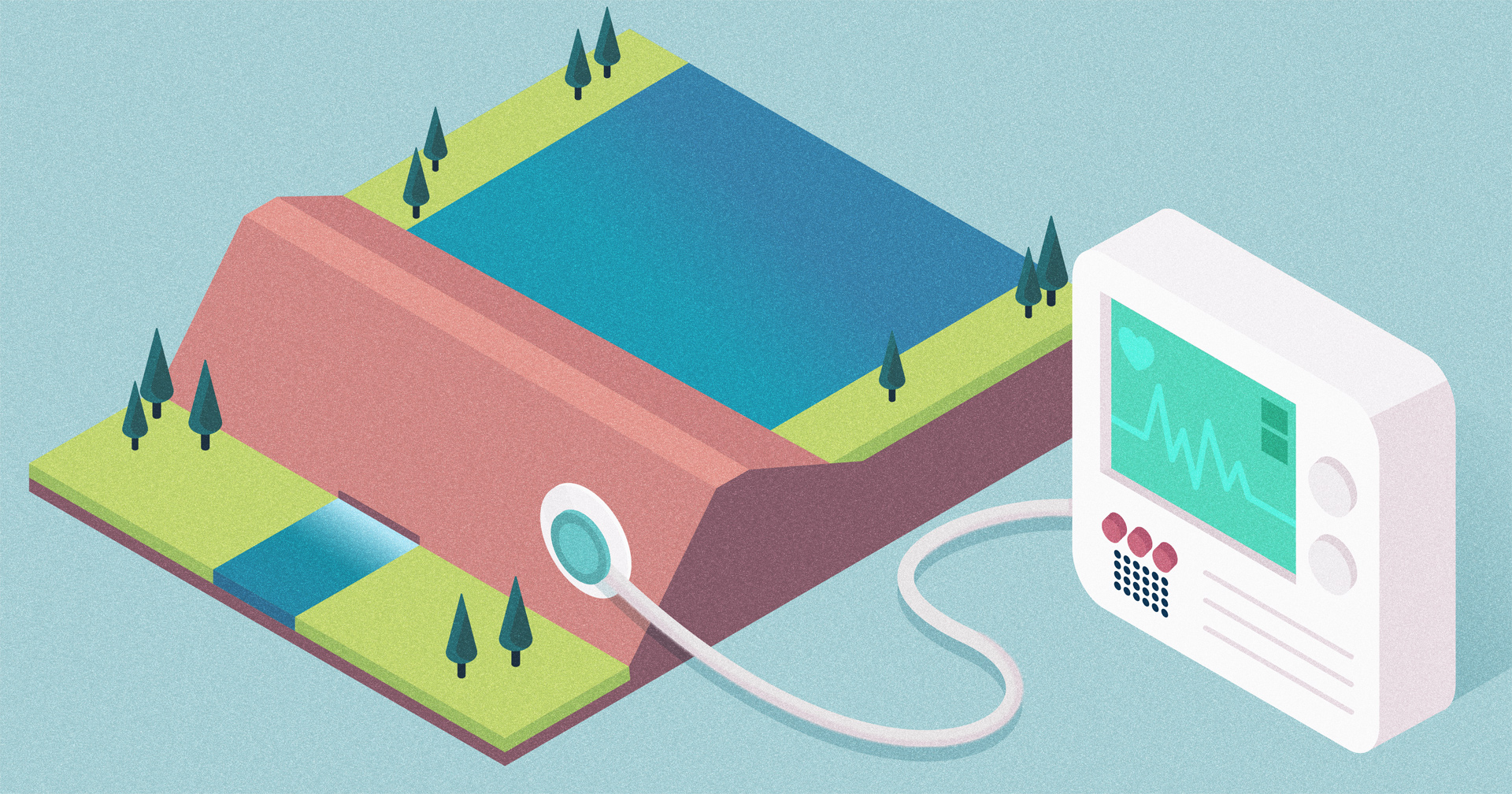
A quick note before we begin, this blog post is specific to earthen/embankment dams and levees. The electrical geophysical methods we mention below aren't used to monitor dams made of concrete, rubber, timber, or non-conductive materials. If you’re questioning if a geophysical survey is needed for your dam, contact us for a quick chat. Our team of geophysicists will be happy to help!
Before we discuss geophysical safety measures, let’s look at some reasons why dams and levees fail.
Why do dams and levees fail?
According to FEMA, dams can fail for one or a combination of the following reasons:
-
Overtopping caused by floods that exceed the capacity of the dam
-
Deliberate acts of sabotage
-
Structural failure of materials used in dam construction
-
Movement and/or failure of the foundation supporting the dam
-
Settlement and cracking of concrete or embankment dams
-
Piping and internal erosion of soil in embankment dams
-
Inadequate maintenance and upkeep
We want to emphasize that last point—inadequate maintenance and upkeep. A big factor in poor dam maintenance is a dam’s age. In the U.S. alone, 86% of all dams are made of earth materials. Of these dams, 65% were constructed in the 1960s—over 50 years ago. (Citation: Nwokebuihe, Stanley Chinedu, "The use of geophysical methods for dam seepage investigations and dredged oyster depositcharacterization" (2017). Doctoral Dissertations.) What’s the average lifespan of an earthen dam? According to many experts—including those at the USDA—50 years.
Of course, this doesn’t mean that problems only arise after 50 years. In our research, we’ve found that some dams have failed even sooner than that. Some have failed after 10-15 years due to various circumstances. You can see many case studies on damfailures.org—a FEMA-authorized site that is run by the Association of State Dam Safety Officials (ASDSO).
"In the U.S. alone, 86% of all dams are made of earth materials. Of these dams, 65% were constructed in the 1960s—over 50 years ago."
The great thing about this geophysical method is that no matter the cause, you may be able to get a warning before 100% failure occurs.
How can we use geophysical methods to pre-diagnose problems?
Well, there are two critical elements that you’ll need to monitor earthen structures. For one, you’ll need an Electrical Resistivity Imaging Instrument. And secondly, you’ll need constant surveillance from that imaging instrument. Luckily, AGI’s very own SuperSting™ Monitoring System is designed to do both. It can also send text alerts to engineers if it notices a problem. Feel free to check it out in our products section of the website (after you’re done reading this blog post of course).
Above: The SuperSting Monitoring System Explainer Video
We’ll start with the second element—constant surveillance. Simply put, dangerous activity can happen at any time. You’ll want to have constant monitoring for dams and levees to stay ahead of problems.
Ok, now let’s get into the actual geophysics of this solution. Monitoring a dam or levee is all about Streaming Potential (SP) and monitoring changes in resistivity. An Electrical Resistivity Meter can monitor SP and changes in resistivity due to moving fluids. Moving fluids will displace ions downstream—due to the electrical double layer—creating a separation of the net charge. The separation of charge is what forms and electric field—which is when electrical current flows from one location to another.

To summarize, the fluid strips the walls that contain a flowing fluid. Those charges get carried downstream. They then migrate back creating an electrical current. We measure the potential field, in the form of voltages, that are proportional to the electric field. Seeing any spikes in potential voltage would be cause for concern.
Spikes in SP voltage can also be a prerequisite for dam failure. When the earth material starts to strain beyond its mechanical ability to stay put, fluid is forced to move. This creates a spike in the SP voltage. The one thing you don’t want for these structures is the movement of earth materials.

Why this is a job for Geophysics
Think about the nature of Electrical Resistivity. Essentially, it's the electrical property that shows how much a material can resist electrical current. The resistivity of a material depends on the amount of fluid and electrolytes in that material. So it makes sense that water—especially when it has dissolved electrolytes—is a great contributor to the resistivity of earth materials.
Imagine a situation where a dam is starting to leak; is leaking a little, and then starts to leak a lot. We can see these contrasts along with the SP profile to give an early warning of dam failure.
